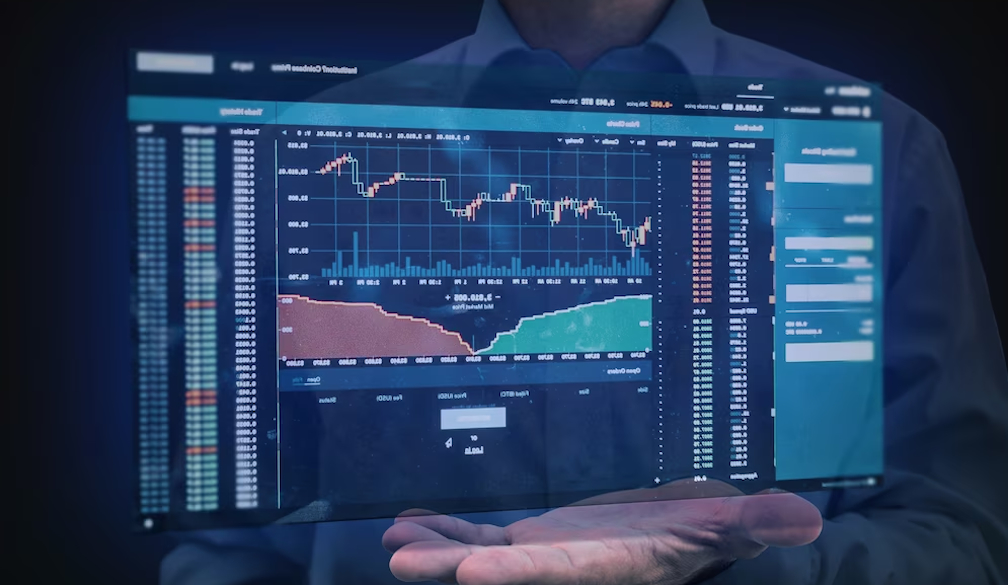How to Get Started with AI Trading: A Beginner's Guide

In today's fast-paced financial markets, the use of artificial intelligence (AI) in trading has become increasingly popular. AI trading systems have the potential to analyze vast amounts of data, make quick decisions, and execute trades with precision. For beginners, diving into the world of AI trading may seem daunting, but fear not! By clicking immediateconnect.net will walk you through the essential steps to get started with AI trading and pave your way to potential success.
-
Why Consider AI Trading?
- Efficiency: AI trading systems operate 24/7, free from human emotions and fatigue, allowing for rapid execution and efficiency.
- Data Analysis: AI algorithms can process large datasets quickly, making it possible to spot opportunities or anomalies that might be missed by human traders.
- Risk Management: AI trading systems can be programmed to apply strict risk management rules, helping to limit losses and protect your investments.
- Diversification: AI can handle multiple trading strategies and assets simultaneously, providing diversification and risk reduction.
- Continuous Learning: Machine learning models can adapt and improve over time as they learn from market data.
-
Selecting a Trading Platform
Choosing the right trading platform is a pivotal decision. There are several AI trading platforms available, each with its unique features and capabilities. Here are some key factors to consider:
- Data Accessibility: Ensure the platform provides access to the financial data you need for your trading strategies.
- Backtesting: Look for platforms that allow you to test your trading algorithms with historical data to evaluate their performance.
- Customization: A good trading platform should offer flexibility in creating and implementing your trading strategies.
- Security: Security is paramount. Choose a platform with robust security measures to protect your data and investments.
Cost: Evaluate the pricing structure of the platform, including fees and commissions.
Community and Support: Consider platforms with an active user community and reliable customer support.
-
Data Collection and Preprocessing
To train your AI trading model effectively, you need access to high-quality data. Here's how to go about it:
Choose Data Sources:- Select reliable sources for market data, such as historical price data, news sentiment data, and macroeconomic indicators.
- Data Cleaning: Prepare the data by cleaning it, which involves removing outliers, handling missing values, and ensuring data consistency.
- Feature Engineering: Create relevant features that your AI model can use for decision-making. For instance, you might create moving averages, volatility indicators, or sentiment scores.
- Data Split: Divide your data into training, validation, and test sets to evaluate your model's performance accurately.
-
Deploying Your AI Trading System
Once you're satisfied with your model's performance, it's time to deploy it in the live market. Be cautious and start with a small amount of capital to minimize risks. As your confidence and experience grow, you can consider increasing your investment.
Getting started with AI trading as a beginner may seem overwhelming, but it's entirely achievable with dedication and a systematic approach. Remember, AI trading is not a guaranteed path to riches, and it involves risks. Continuous learning, adaptability, and sound risk management are key to your success. As you gain experience, you can fine-tune your strategies and potentially achieve your financial goals with AI trading. Good luck on your AI trading journey!






